If you’re on the hunt for a UI/UX designer, chances are you’ve prepared a nice job description and are about to post it and wait for the great candidates to start rolling in. Well, we hate to burst your bubble, but before you get the process started, we need to have a little talk.
Let’s be practical, a designer is not a magician who can solve all your business problems with their design wand. While designers can really transform digital products, they are not jacks-of-all-trades. Some business or product owners mistakenly think that a single designer can:
- Understand business needs
- Have marketing vision
- Empathize with users
- Use analytical skills to define problems
- Design app structure, workflows, user journeys/flows, and personas
- Write/conduct user research
- Sketch and wireframe different ideas
- Test wireframes
- Design world-class visuals
- Draw icons
- A/B test designs
- Dice and slice the winning design
- Export SVG
- Design app architecture, build database schema, write and debug code
- …and do the dishes while they’re at it
We’re just scratching the surface here. Our team been designing digital products since 1996 (Our first ever website design was when Zuckerberg was 12 years old!), so what we’ll try to help you identify next is the type of designer you need. Yes, there are several types.
Two Types of Designers
These days the distinctions are a bit fuzzy when it comes to who does what (sigh, we miss the 90s), but to make things easier we’ll help you define two general types of designers regardless of what they call themselves (or what the market calls them).
Type 1 – The Logician: The UX Designer
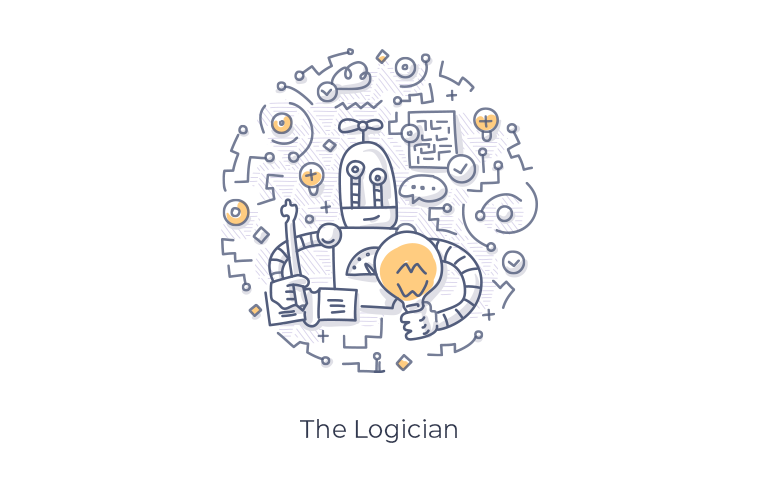
This type is good at making your users’ lives easier. In other words, they can make your product’s interface intuitive, interesting, and predictable. Let’s call this designer Jessica.
Jessica has a high IQ and is analytical by nature. She’s more objective than subjective. Jessica focuses on user behavior and UI patterns rather than art and artistic creativity. She reads a lot about usability, HCI guidelines, and UX research. She knows how to play with user interface components (navigation menus, breadcrumbs, form fields, floating action buttons, tiles, etc.) like Tetris – and wins.
Jessica’s work includes talking to product owners, understanding the target audience, clearly defining business goals, then achieving those goals through research and interaction design. At webkeyz, we call this Interaction Design, or IxD, and the designer is called a UX designer.
Sometimes included within the responsible of a UX designer is user research or UX research. While some designers are versed in UX research, you might find a standalone dedicated UX researcher that might be more adept. Whether the former or the latter, UX research is a crucial step in any product creation that should precede the work of the UX designer.
Type 2 – The Artist: The Visual Designer
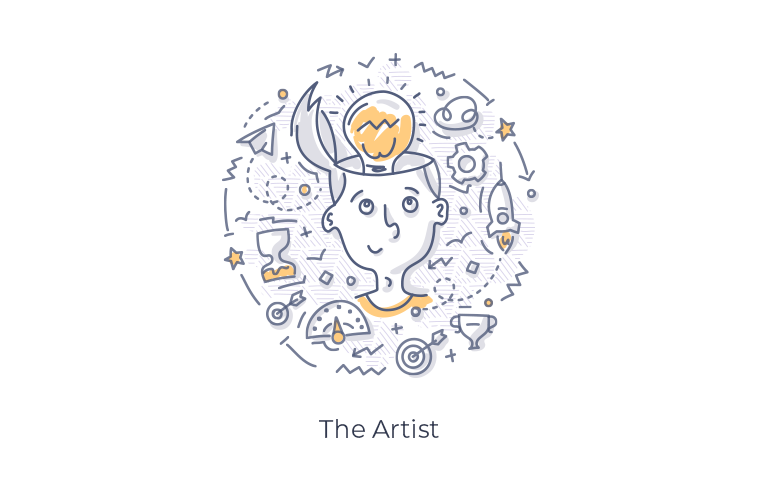
Commonly known in the market as a UI Designer, this type is really artistic and can make your app look slick and sexy. Let’s call this one Chris.
Chris was born to be an artist. He’s not from this planet. He lives in a harmonious world of colors, alignment, and beauty. Whether he was taught color theory at design school or it just comes to him naturally, he knows how to pick colors, hues, and saturation and combine them to create the perfect mix! Maroon, cherry, crimson, and scarlet are four different colors to him, while the rest of the world would call those ‘red’.
Chris can literally spot an icon that has been misplaced by one pixel. He knows the ins and outs of designing for digital devices, be it a desktop browser or a smart watch. He knows his way around fonts more than you know your kids (Chris calls it typography). Font family, weight, size, kerning, and ligatures are music to his ears. At webkeyz, we call Chris a Visual Designer.
Telling the Good from the Bad
The UX Designer
Evaluating a good User Experience (UX) designer involves assessing their skills, qualities, and approach to design. Here’s how you can tell a good UX designer from a bad one:
- Portfolio: Your first stop when trying to evaluate a UX designer is their portfolio. A strong portfolio showcases a variety of projects that demonstrate their capabilities. Look for projects that highlight their ability to solve real-world problems with user-centric design.
For instance, a UX designer’s portfolio might include case studies showing how they improved the user flow of a mobile app, redesigned a website to increase conversions, or enhanced the usability of a complex software tool. A great UX designer should back up these claims with before-and-after numbers that show the impact they’ve had on the product. - UX Research & User-Centered Design: A good UX designer should be well-versed in user-centered design principles and methodologies. For example, they should have experience conducting user research, including user interviews, surveys, and usability testing sessions, to understand user needs and pain points.
UX designers can then create personas based on this research to better empathize with their target audience and design with their needs in mind. User Research is a great determiner of the strength of a UX designer, as it is the only way to overcome subjectivity of designs and create designs that are truly effective with users. - Empathy for Users: A good UX designer goes beyond merely understanding users; they genuinely empathize with them. They put themselves in the users’ shoes to grasp their emotions, motivations, and frustrations. If designing a healthcare app, a great Jessica should empathize with patients who might be feeling anxious or stressed and create a calming and supportive interface. (We always love referencing Doug Dietz from GE Healthcare and his transformation of the children’s MRI experience)
- Problem-Solving Skills: A skilled UX designer approaches design challenges with a problem-solving mindset. They analyze the pain points of users with existing designs and come up with innovative solutions to transform the pain to pleasure. For example, if tasked with improving an e-commerce checkout process with a high cart abandonment rate, a good UX designer might experiment with a one-page checkout or a progress indicator to reduce friction and increase conversions, to make sure that it truly solves the problem before committing to the design.
- Information Architecture: A good UX designer excels at organizing information in a clear and intuitive manner. For example, when designing a content-heavy website, they might use card sorting to organize information into logical categories, making it easier for users to find what they need. Ultimately, they should be able to employ their impeccable logic and a variety of techniques to ensure that the structure of information is intuitive and easy to follow, allowing users to follow what UX designers call the ‘information scent’.
- Wireframing and Prototyping: Proficiency in wireframing and prototyping tools is crucial for a UX designer to quickly visualize and iterate on design concepts. This allows them to expand on all the cases that the users will encounter or produce while using an app, making sure to cover each and every scenario.
For instance, a UX designer might use Figma to create wireframes for a new mobile app, allowing them to test the app’s structure and navigation before investing time in high-fidelity design elements. You can ask to view some of their previous work, which can give you an indication of the thoroughness and neatness of their work.
There’s nothing that developers hate more than being handed wireframes that don’t cover all the cases or that have gaps that the developers are required to fill. A great UX designer hands the developer complete user flows and scenarios that developers can use as accurate blueprints for implementation, freeing them up to focus on the technical aspects in which they excel.
- Communication Skills: Communication is vital for a UX designer to convey their design decisions effectively and to actively listen to feedback. During a design presentation, a good UX designer should be able to articulate the reasoning behind their choices and how those decisions align with the project’s goals. A great designer will even argue AGAINST the client’s wishes when their decisions are detrimental to the user’s experience, which will eventually impact the business objectives of the product.
- Collaboration: UX design involves collaborating with various stakeholders, including product managers, developers, and marketers, as well as the other type of designer: Visual (UI) designers. A good UX designer should be able to effectively communicate their ideas, listen to feedback, and work collaboratively. So if they’re running a design sprint, a UX designer should actively participate in (or even lead) the discussions being held, as well as incorporate input from developers about technical limitations, and align the design with the product owner’s vision.
- Visual Design Sense: While UX and UI design are distinct as we’ve just established, a good UX designer should have a basic understanding of visual design principles. They should be able to create design layouts that are visually pleasing and support the user experience. For example, they might recommend the use of contrast to make important buttons stand out or they might use different sizes and a visual hierarchy to attribute different levels of importance to components.
- Usability Evaluation: A skilled UX designer understands usability principles and knows how to measure their implementation in any given application. They can conduct usability testing to gather feedback from real users and identify usability issues. They also can evaluate any product against usability heuristics that provide a sort of X-ray report on any application to provide a holistic measure of its usability.
- Continuous Learning: A good UX designer demonstrates a commitment to continuous learning and professional growth. They might attend design conferences, read UX blogs, or take courses to stay updated with the latest trends and tools in the industry. They could learn about new interaction design patterns to enhance the user experience in mobile apps. You might find them attending or speaking at design or digital product conferences or sharing some of their knowledge on socials.
- Client/Project Management: Though only applicable in small teams or solo designers, a UX designer might need to handle client interactions or project management responsibilities. In larger teams or established agencies you’ll find the UX designer working very closely with the project management team. In any case, the UX designer should be organized, meet deadlines, and be proactive in their communication. You’ll always find the UX designer as a focal point in all projects that involve UX design or UX research, even if the PM team is the SPOC on the project.
A good UX designer will have profound impact on your business, as UX design done right will work to increase your conversion and profit. If you evaluate UX designers based on these factors, you can get a good grasp of their capabilities and be able to determine if they are a good fit for your specific project or organization.
The Visual Designer
Art is subjective. What you deem beautiful could be horrendous to someone else. But still, there are ways to tell a good Chris from a bad one. It’s a bit tricky, but not impossible:
- Creativity: His portfolio matches your taste or at least the taste of someone you trust. If you’re not the artistic type, find someone who is, then listen to what they say about Chris’s portfolio (you can safely ignore your own opinion in this case).
- Communication: A good Chris communicates well through design. Every component of his design has a reasoning behind it. A good Chris would always have answers to any “why?” questions. He knows why he put that arrow there or why he chose that particular color palette. A bad Chris would never have answers, and would easily lean towards changing design elements . If asked for a reason for his choice, he would often respond with things like “Umm…no reason, I just like it. Want me to change it?”.
- Passion and Enthusiasm: When a great Chris talks about his designs or other designs that he likes you can feel it in his voice and body language. It goes the other way too. When a good Chris sees a bad design, he regards it as a personal insult…well without getting too crazy. A bad Chris would usually be indifferent. Design for him is just something he does to pay the rent.
- Uniqueness: A great Chris has his own style. He puts his soul into his designs and it’s clearly evident. A bad Chris makes generic designs that look like they’ve been downloaded from a freebie website.
- Bonus point: We’ve found that good designers usually have issues with punctuality. Just kidding (or are we?).
Now we can’t reiterate this enough; please do not make the mistake of trying to hire one person to do the work of both types of designers. You might think that you’re beating the system, but what you’re actually doing is setting yourself up for mediocre designs that lack professionalism and authenticity.
Set Up a Healthy Design Environment
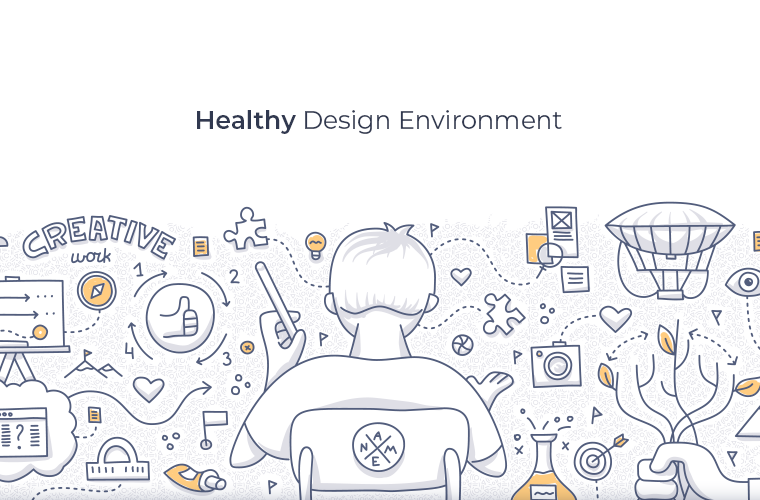
Getting the right kind of designer is only half of the story. The rest of the responsibility actually lies with you as a business or product owner. I’ve seen lots of good designers fade at companies that fail at providing a professional, nurturing work environment. To make sure your good Chris and Jessica thrive, you need to:
- Make sure you set up the right workflow/process. If you don’t have a clearly defined workflow, your designer will be lost and might end up spending more time being confused than actually designing.
- Realize that managing creative people is inherently different than managing non-creative types. Unless you have design experience, do not try to manage them on your own.
If you have any more tips or would like to share your thoughts, please join the conversation on any one of our social channels.

